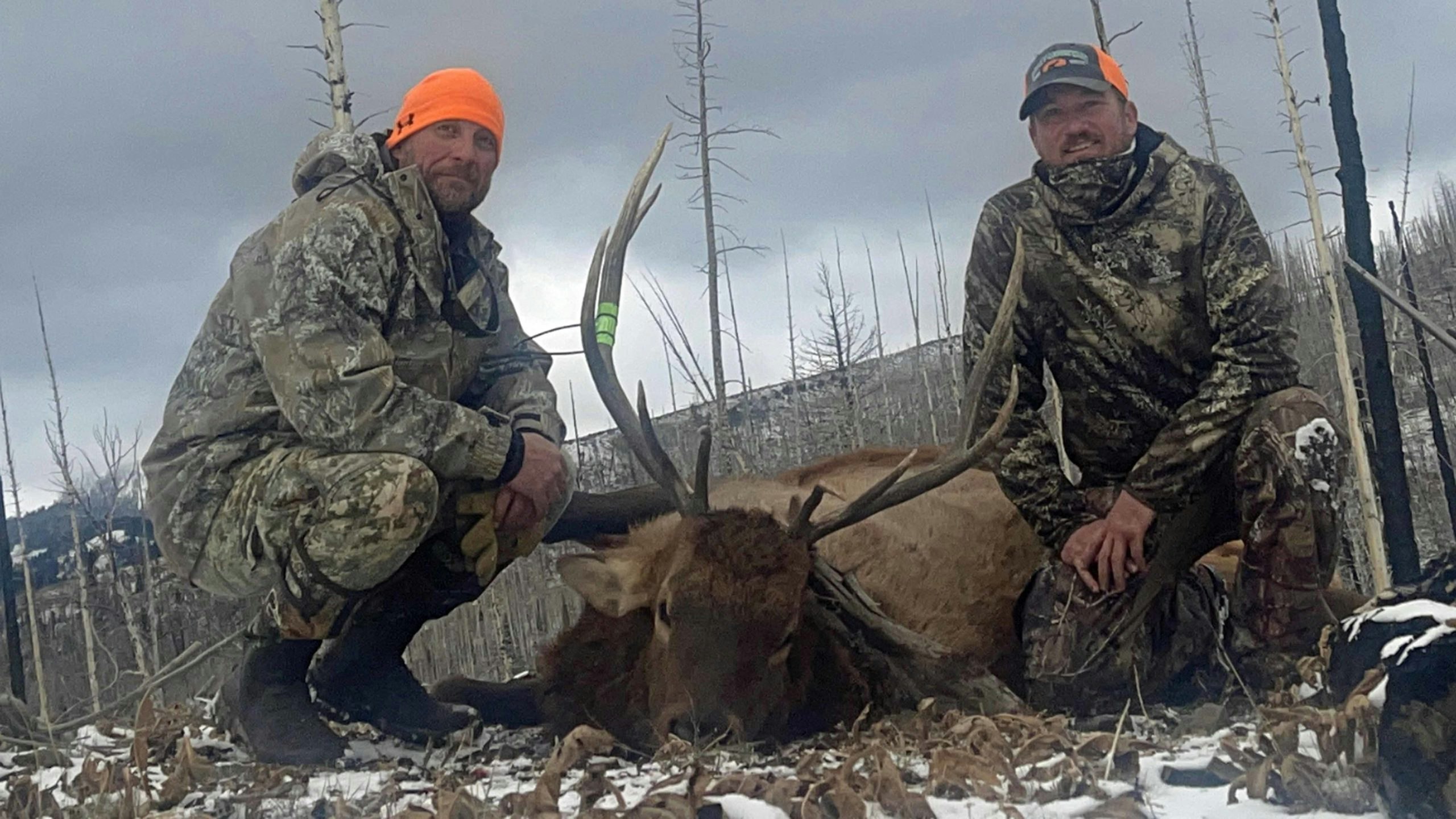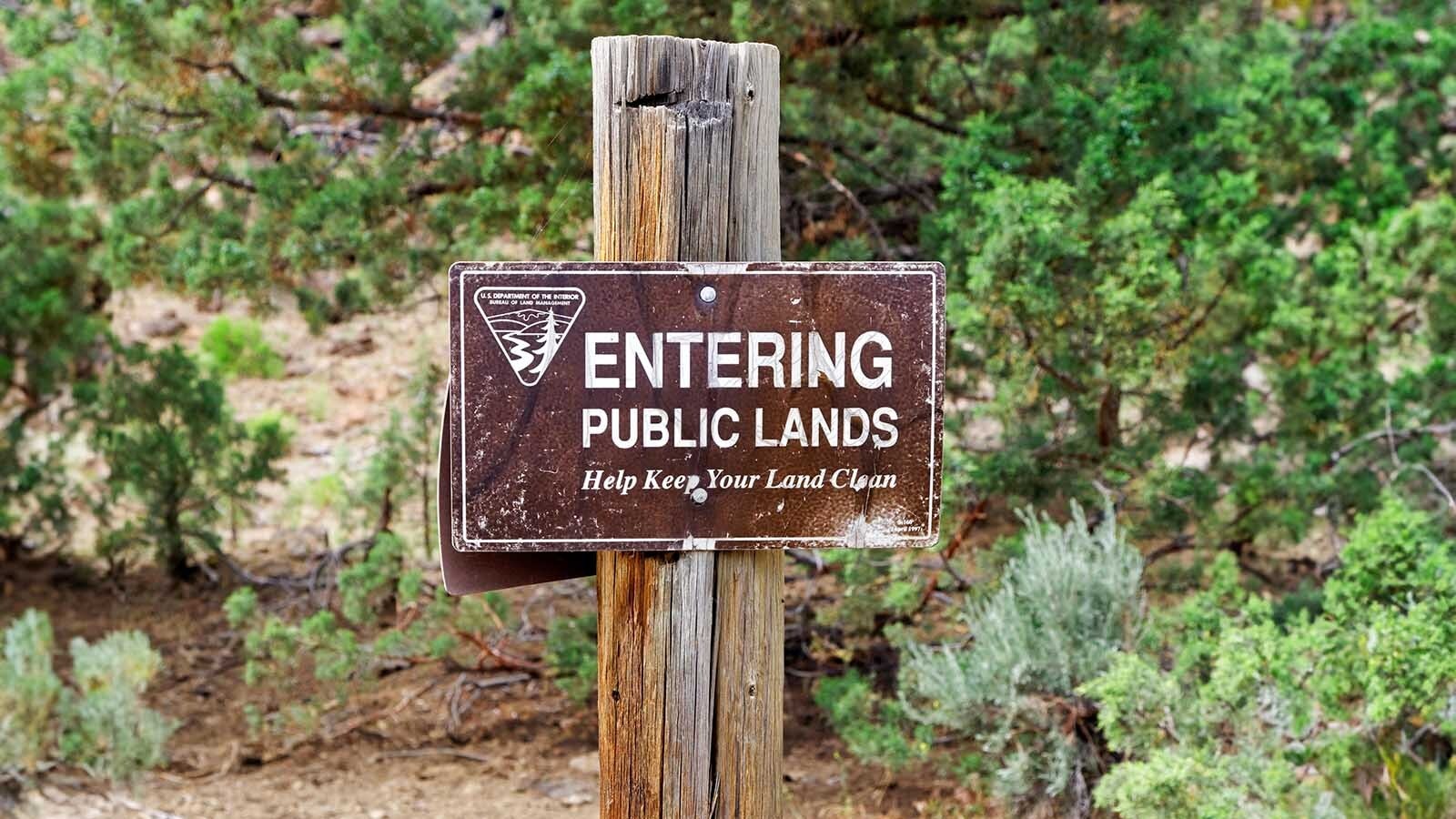The latest iteration of a proposal to allocate draws for Wyoming big game hunting tags along a “90/10” split – with 90 percent going to resident hunters and 10 percent to non-residents – was rejected by the Wyoming Wildlife Task Force at its meeting on August 8, but an advocate for the idea said it isn’t dead.
“We’ll continue to pursue 90/10 for deer, elk and antelope in the Legislature,” resident hunter Rob Shaul said in an email Wednesday to Cowboy State Daily.
“We’re working right now to bring another 90/10 bill (before the Legislature),” said Shaul, who is the founder of the 307Hunter blog site and Mountain Pursuit, a non-profit hunting advocacy group.
The 90/10 proposal as presented before the Task Force was rejected because it was widely criticized, task force member Rusty Bell, who is a resident hunter and taxidermist, said in an email Wednesday to Cowboy State Daily. Many resident and non-resident hunters alike made negative comments to the board about it.
The main sticking points were the proposed allocation of a significant amount of limited quota tags to residents, while setting aside half of the non-resident’s 10 percent of limited quota tags exclusively for landowners and outfitters.
“These two things on their own have been tried and failed multiple times in the Legislature. My belief is that they will continue to fail without a compromise. That seemed to be the task force’s belief also,” he said.
Wyoming currently allocates 80 percent of draw tags for deer and antelope to residents and 20 percent to non-residents. The split for elk tags is 84 percent for residents and 16 percent to non-residents.
Draw tags are those for elk, deer and antelope hunt areas with limited quotas. Hunters must apply and pay in advance for the tags, usually in May. If they’re successful in the draw, the tags will be mailed to them. If they fail, their money is refunded.
The task force is charged with studying wildlife policy, tag allocation, access to hunting grounds and other related matters. It will present conclusions and recommendations to the Legislature, the Wyoming Game and Fish Commission and governor’s office. The board began meeting on a roughly monthly basis in June 2021; its final meeting is set for December.
A 90/10 split of hunting tags would bring Wyoming in line with numerous other Western and Southwestern states where big game hunting is popular, Shaul said.
“The resident hunters in Montana, Utah, Idaho, New Mexico, Arizona and many other Western states already have across the board 90/10 allocation for all their big game species,” he said.
Tension between resident and non-resident hunters is nothing new. Residents like to have first access to Wyoming’s abundant hunting opportunities. Meanwhile, it’s widely recognized that the money brought in by non-residents – who pay significantly more for hunting tags – helps fuel wildlife management. Non-resident hunters also greatly help motels, restaurants and other businesses.
The price for a basic elk tag this year is $57 for residents and $692 for non-residents, according to information posted online by the Wyoming Game and Fish Department.
Outfitters also have a stake; most of their clients are non-residents. Non-residents must hire a guide to hunt in any of Wyoming’s designated wilderness areas.





